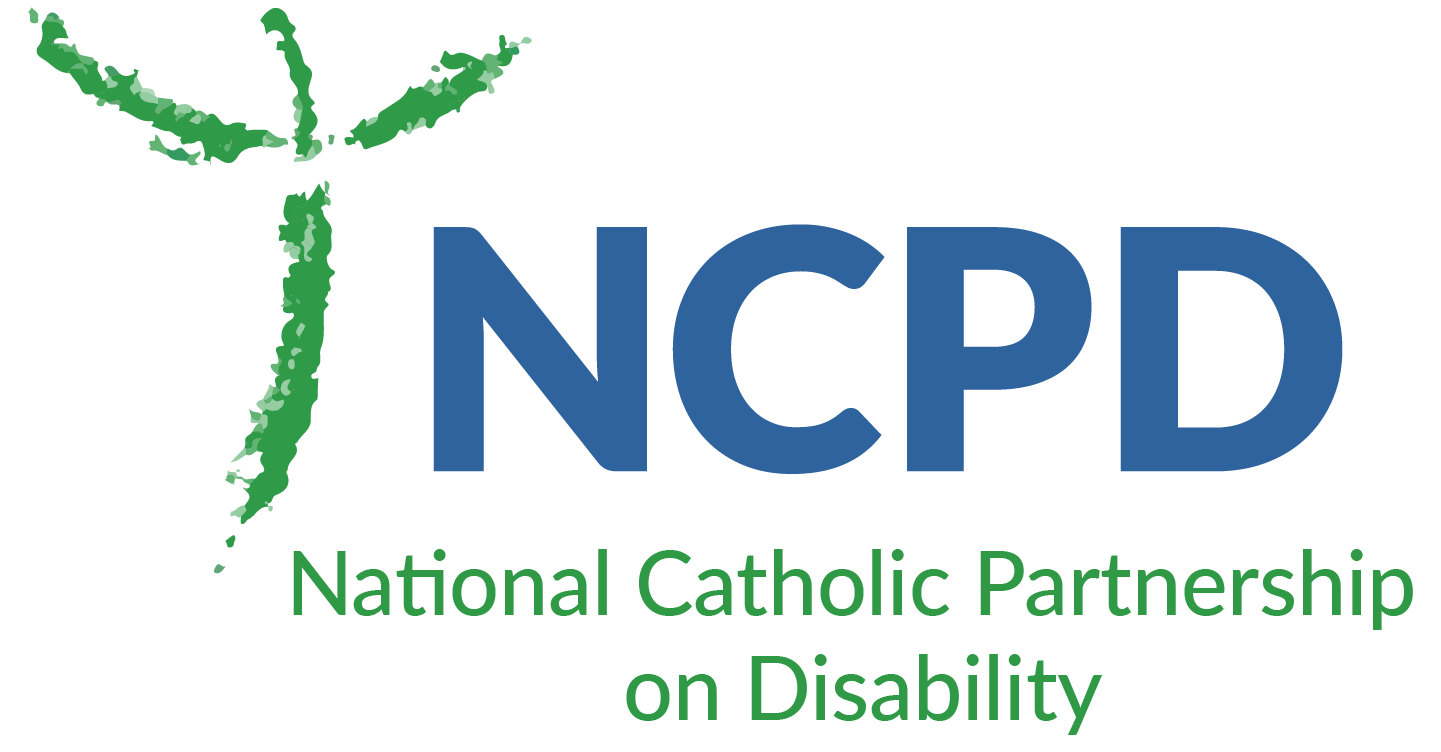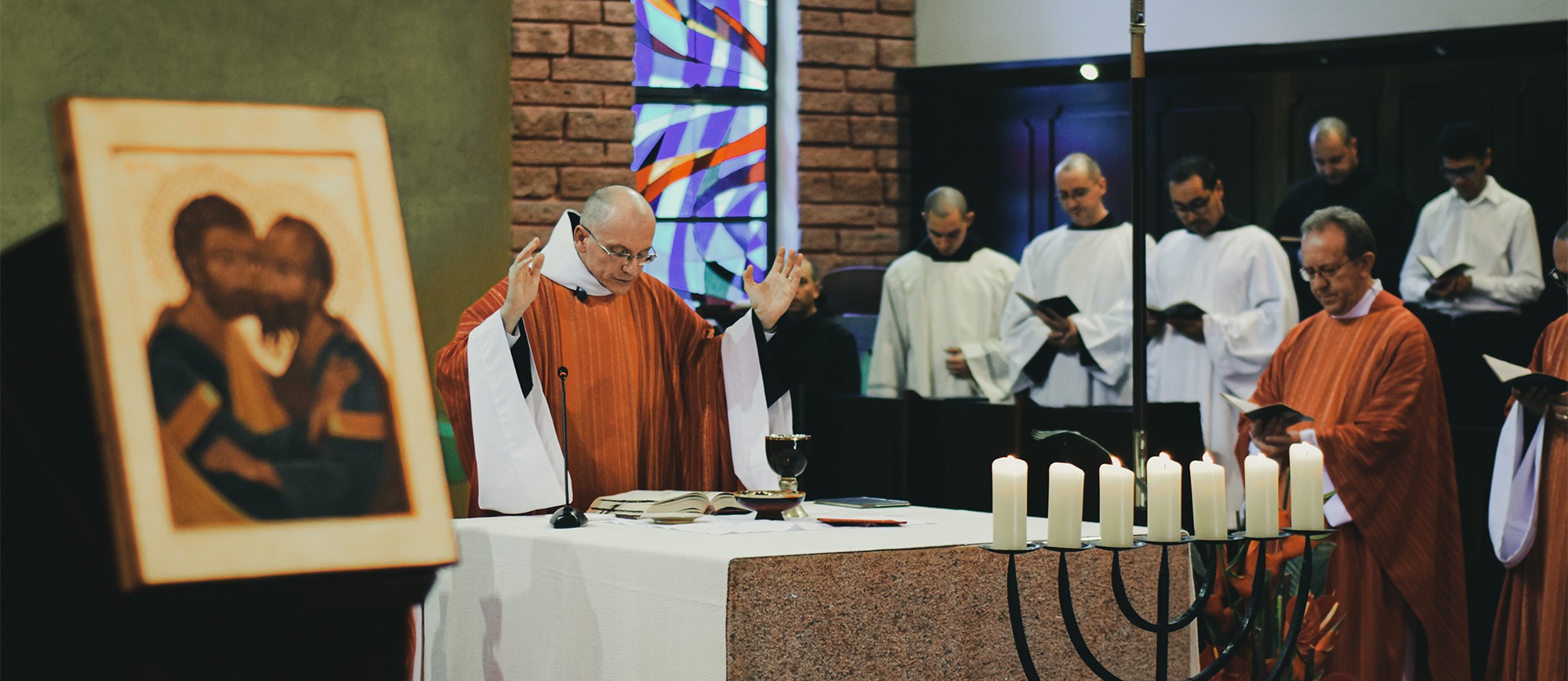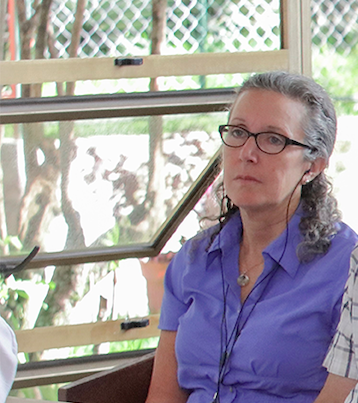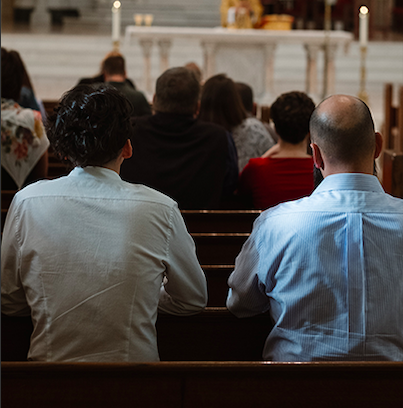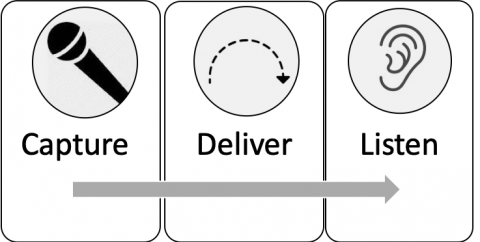
Assistive listening systems help people hear better in challenging situations where there is noise, reverberation or distance. Types of assistive listening systems include microphones with transmitters and receivers, hearing aids, cochlear implants, earbuds and headphones. By capturing and delivering sound, individuals with hearing loss are able to listen with more clarity.
Capture
Microphones capture sound before it is either contaminated by other noises or echoes, or weakened because of distance.
Some tips for a parish:
-
Headworn microphones for priests and deacons work best.
Lectors will want to keep microphones close to their mouth.
-
Personal remote microphones placed on an ambo ahead of time work well in unfamiliar churches (i.e., for a funeral or wedding) or churches without listening systems.
-
Priests and deacons can also wear personal remote microphones.

Deliver
Once the sound is captured, it is delivered through a transmitter and receiver. Systems that help to deliver sound:
Magnetic Induction Loop: uses electromagnetic energy.
Pros:
- Clear sound quality.
- Simple to use since there is no device to obtain and since the receiver (telecoil) is inside the hearing aid itself; there is nothing that needs to be held.
- No receivers to maintain.
- Considered the gold standard for many people with hearing loss, including the Hearing Loss Association of America.
Cons
- Costly and requires installation.
FM System: uses radio waves.
Pros:
- Clear sound quality.
- Easiest to install and least costly. For these reasons, FM systems tend to be the most popular.
Cons
- Requires a receiver which must be acquired/returned to ushers or a cabinet.
- Require maintenance (switching out batteries and cleaning).
- People dislike the stigma and inconvenience of holding the receivers and having them visible. This prevents people from utilizing the system.
Another type of system is called an infrared system which uses light waves. Infrared systems are not as common because they require line of sight.
Listen
People can listen to sound using hearing aids, earbuds, headphones or a cochlear implant that uses direct audio input or a silhouette.
Telecoil:
• Located in hearing aids/cochlear implants or other intermediary devices. Receives sound that is delivered by a transmitter.
Neckloop:
• An interface between a hearing aid/cochlear implant and an FM or IR system.
Streamer:
• A device that connects your hearing instrument wirelessly to microphones and transmitters.
Earbuds:
• A person can also remove their hearing aids and use earbuds plugged directly into a receiver. It is possible to place headphones over hearing aids but this may cause feedback.
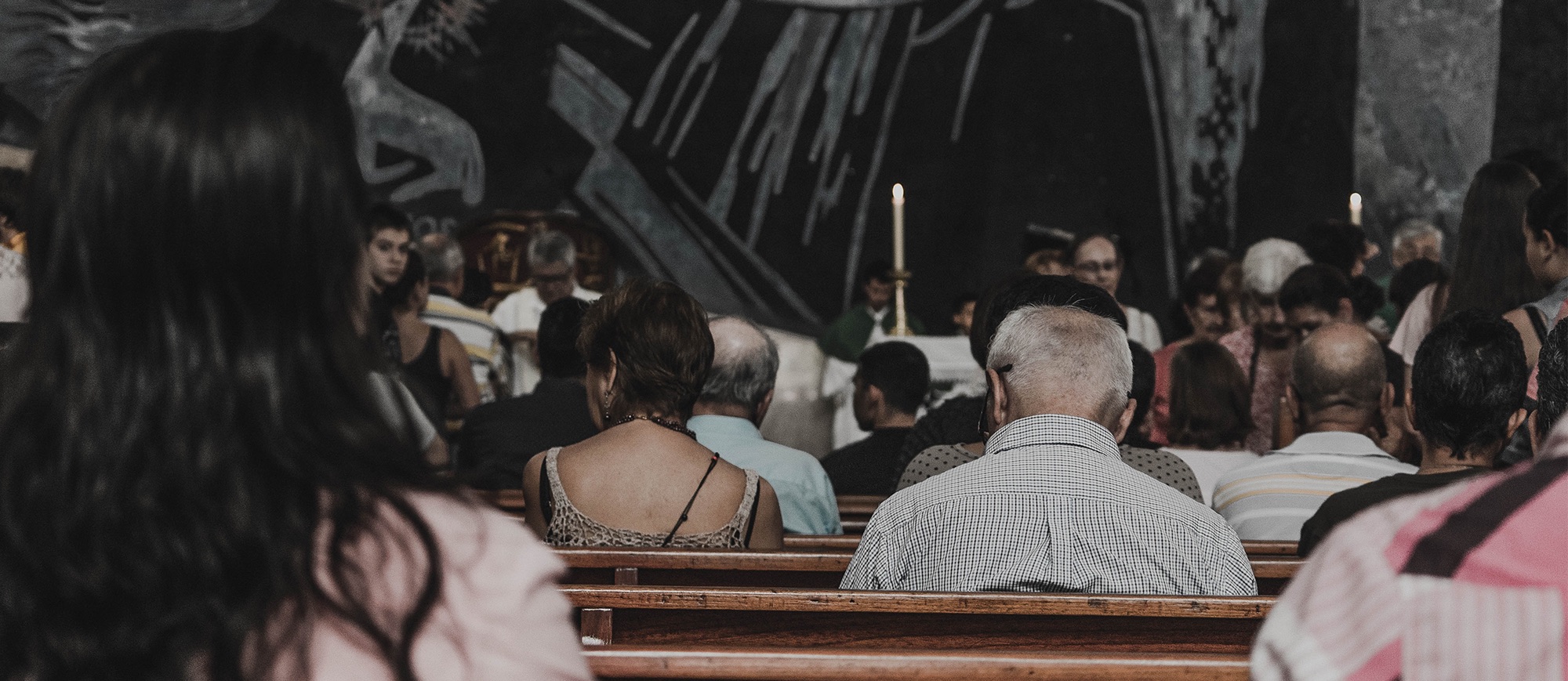
Checklist
- My parish has an assistive listening system.
- The ushers, clergy, and other lay ministers know about the parish’s assistive listening system, and know how to use it.
- When a parishioner or a guest attends Mass at my parish, they will know that this accommodation exists and how to use it.
- If my parish does not have an assistive listening system, the pastoral council has acknowledged this as a future goal.
What are some "next steps" for your parish?
© The National Catholic Partnership on Disability 2020
Note: the adaptions above do not make Mass accessible for the Deaf community. Since the American Deaf speak in American Sign Language (ASL), they do not consider English to be their first language. For Mass to be accessible to someone who is Deaf, the Mass needs to be either celebrated in American Sign Language or have an American Sign Language Interpreter available. For more information about church accessibility for Deaf Catholics, visit the National Catholic Office for the Deaf website.
